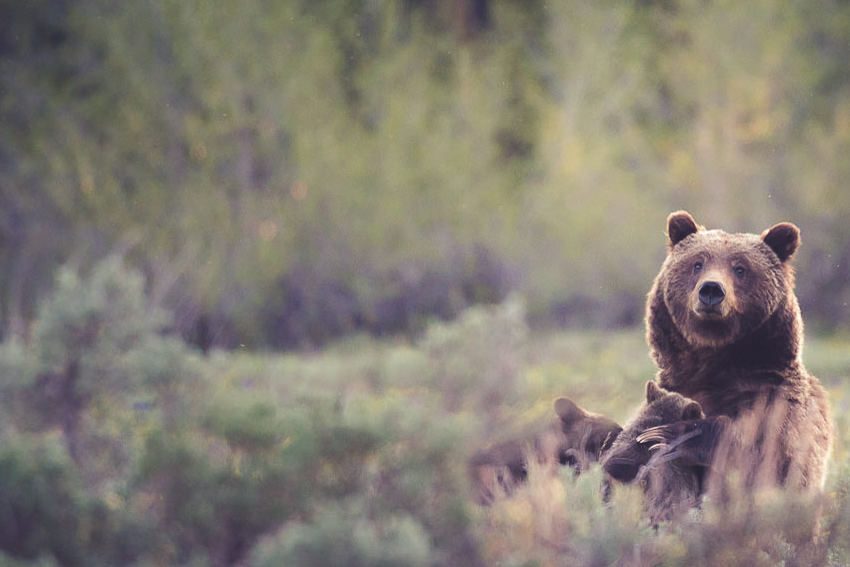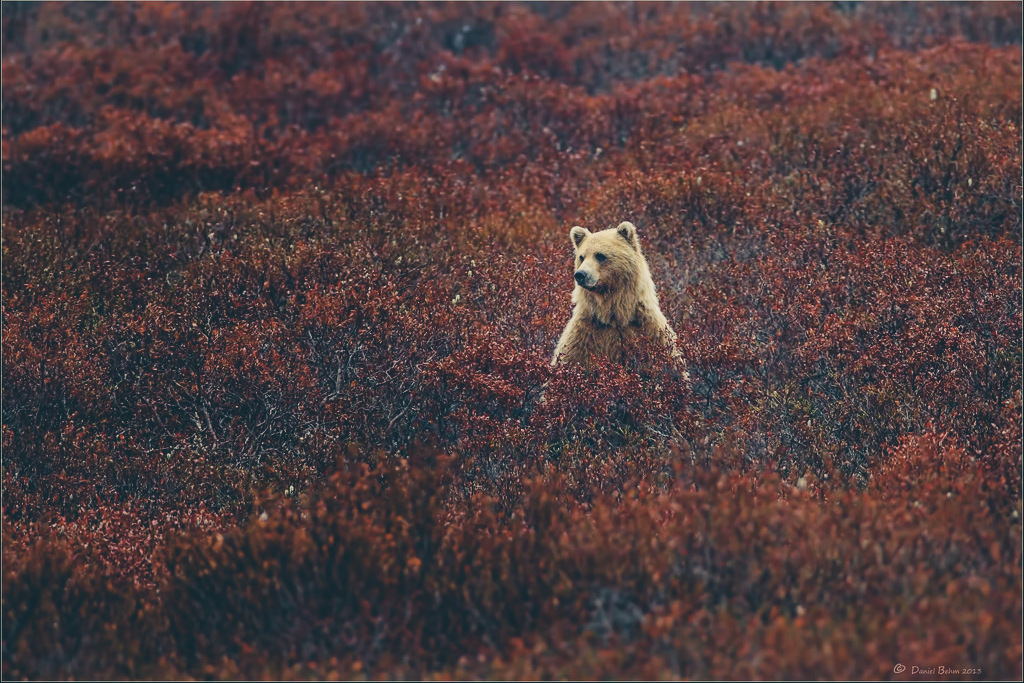How we determined the underlying factors affecting grizzly bear movement.
Grizzly bear movement can be quantified using a variety of simple spatial techniques and statistical methods. Typically, movement is examined in relation to a home range – the area an animal regularly travels in search of food or other resources. It can be quantified simply by area or by intensity of activity (Worton 1986). Further, dynamic home range can be examined by dynamic polygons that expand or contract (Smulders et al. 2012). Statistical analyses are commonly used to determine relationships between environmental factors and animal location points. These often include simple or complex regression models (Johnson et al. 2002; Avgar et al. 2013; Tracey et al. 2005). In many cases, a simple linear regression analysis provides a robust method for investigation into movement patterns
This study uses a combination of exploratory data analysis and statistical methods to understand movement. Analysis was carried out on data collected from approximately 40 bears. This data was edited to remove null values and divided based on season (April to May, June to August, and September to November). Movement rate was calculated by interpolating distance between time successive points. Correlation between Julian day and movement rate was used to understand how activity changes with season.
The relationship between environmental factors and grizzly bear density was examined using linear regression methods. Environmental factors included distance from certain vegetation classes (table 1) and well as distance from water sources. Density was calculated using a kernel density function. The results of this regression analysis indicated some aspects of preferred grizzly bear habitat.





